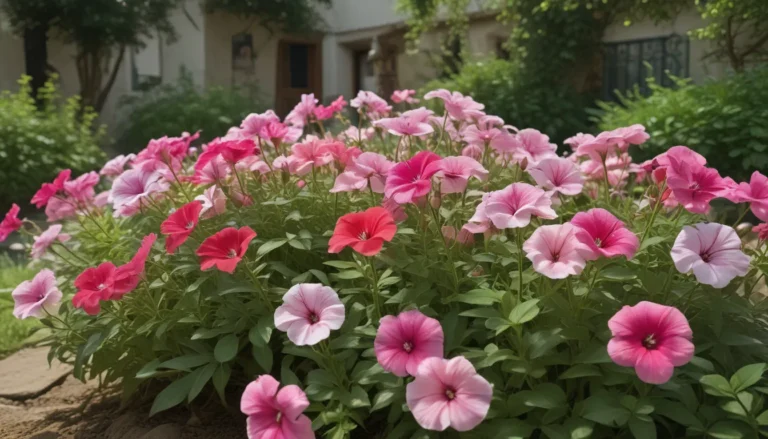The Ultimate Guide to Planting and Growing Mountain Mint: How to Cultivate Pycnanthemum

Mountain mint, an aromatic herb that attracts bees and butterflies, is a delightful addition to any garden. In this comprehensive guide, you’ll learn everything you need to know about growing your own mountain mint. From propagation to maintenance, we’ve got you covered.
What Is Mountain Mint?
Mountain mint, also known as Pycnanthemum, is a perennial herb native to the US and Canada. With its silvery appearance and minty fragrance, it’s a favorite among pollinators. The Pycnanthemum genus contains 19 species, each with unique characteristics and growing requirements.
Cultivation and History
These plants thrive in a variety of habitats, from moist woodlands to rocky slopes and meadows. Mountain mint is a member of the mint family, closely related to bee balm and other garden favorites. With their diverse native range and resilience, they’re an excellent choice for wildlife care.
Mountain Mint Propagation
There are several ways to propagate mountain mint, including seeds, cuttings, division, and transplanting. By following these methods, you can easily grow your own fragrant herb.
From Seed
For improved germination rates, seeds need a cold, damp stratification period. Start by moistening the seeds and storing them in the fridge for one to two months. Once stratified, plant them in nursery pots with moist growing medium and bright, indirect light.
From Cuttings
Propagating mountain mint from cuttings is best done in early summer. Take four-inch cuttings, dip them in rooting hormone, and plant them in moist soil. Within a few weeks, they should develop roots and can be acclimated to direct sunlight.
By Division
Dividing mountain mint plants is ideal for maintaining their size and preventing them from spreading. This can be done in late fall or early spring when the plants are dormant. Divide the rhizomes and transplant them to a new location with proper care.
Transplanting
When transplanting mountain mint, choose a location with full sun to part shade and well-draining soil. Give the plants ample space to grow and establish them with care to ensure their success.
How to Grow Mountain Mint
Mountain mint thrives in full sun or part shade and requires moderate to moist conditions. With proper soil and watering, these plants will flourish and attract a variety of pollinators to your garden.
Growing Tips
- Situate in full sun to part shade
- Provide moderate to moist conditions
- Grow in soil rich in organic matter
Maintenance
Mountain mint is a low-maintenance plant that requires minimal care. Pruning and dividing can help manage its growth and promote healthy, vibrant plants in your garden.
Mountain Mint Species to Select
In addition to P. muticum, there are several other species of Pycnanthemum to consider. Each species has unique characteristics and growing requirements, making them suitable for a variety of landscapes and conditions.
Managing Pests and Disease
Mountain mint is relatively resistant to pests and diseases, making it a hassle-free plant to grow. However, rust fungus can be an issue, especially in stressful conditions. By following proper care practices, you can prevent and manage common issues.
Best Uses for Mountain Mint
Mountain mint is a versatile plant that can be used in a variety of settings, from cottage gardens to meadows and borders. Its aesthetic appeal and value to pollinators make it a popular choice for wildlife-friendly landscapes.
Quick Reference Growing Guide
For a quick overview of mountain mint cultivation, refer to this handy reference guide. It covers essential information such as plant type, hardiness zone, maintenance requirements, and more.
Mounds of Silver Are Pollinator Gold
In conclusion, growing mountain mint is a rewarding experience that benefits both gardeners and pollinators. By following the tips and guidelines outlined in this guide, you can cultivate healthy, vibrant plants that attract bees, butterflies, and other beneficial insects to your garden.
If you’re a nature enthusiast looking to create a wildlife-friendly garden, mountain mint is an excellent choice. Its aromatic foliage, silvery bracts, and attractive flowers make it a standout addition to any landscape. So why not start growing your own mountain mint today and enjoy the beauty and benefits it brings to your garden?





